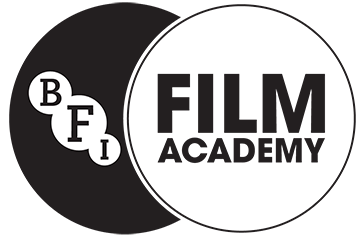2.2 Describe a range of key job roles and responsibilities in the film industry
PRODUCER: The producer overseas the whole production of the film and manages the budget in addition to those on set and staff. They are also responsible for time management and raise funds for the production. Producers also hire members of the team such as lighting , sound and camera specialists. Whilst producers sometimes may heavily be involved in the content of the documentary, it is not uncommon for producers to only check in on timings and leave much of the content creation to directors.
DIRECTOR OF PHOTOGRAPHY: The director of photography or cinematographer heads the camera and lighting teams. This includes the gaffer and camera operator. The director of photography is responsible for the overall look of frame and makes critical decisions about the aesthetics of the image. Directors and production designers also work with the directors of photography , who take the directors vision of the film and artistically create it using a range of lenses and kit. Whilst DOPs may not operate the camera as frequently as other roles, they have one of the most influential, creative inputs across the production.
EDITOR: The editor is mainly involved in post production or after filming. It is their responsibility to cut down hours of raw footage into time frame allocated. Editors cut out all mistakes made during the filming and aims to make the edit invisible to audiences. Throughout filming, editors may visit set to gain an understanding on how the film is developing. However, as editors have the final cut of film and are the creators of the overall product, it is important that they understand the directors vision. In addition to the director, editors have to largely work with the sound team who supply the edit with dialogue , sound or other audio required in the final cut.
GAFFER: In the lighting crew, the Gaffer is the head electrician. It is their responsibility to choose and select the most appropriate kit for the effect that is desired by the cinematographer and/or director. Sometimes, it is also their job to design the lighting of set. Safety of lighting in production is also part of the Gaffers role.As well as working heavily with directors and the camera team, the Gaffer also has an assistant named ‘ best boy’ who as well as the Gaffer, requires an extensive knowledge about electrics.
CAMERA OPERATOR: The camera operator will be closely involved at all times with the setting up of shots with the Director and DoP but also is usually the main operator of kit. The camera operator along with the DOP needs to Determine type of heads – remote, fluid, geared or hand-held and tripods as well as sometimes a Steadicam or tracking vehicle. Shooting involves the Operator looking through the eyepiece, panning and tilting the camera to follow the action and after each take, the Operator will be able to say or should say to the Director and/or DoP whether or not the shot was good technically.


Jade you have researched and described a range of key job roles and responsibilities in the film industry for section 2.2. You have explained some detail about what the role involves and also who the person doing that role will communicate with. Well done this section is complete.
Thanks for adding your work on the working culture of the film industry and masterclass notes. Your work for this section is good and you have effectively evidenced that you understand professional development opportunities within the film industry. This section is now complete.
Let me know if you develop your documentary idea about “unique and obscure groups of people who may otherwise be hidden amongst city life”. You could consider pitching this to Rife!